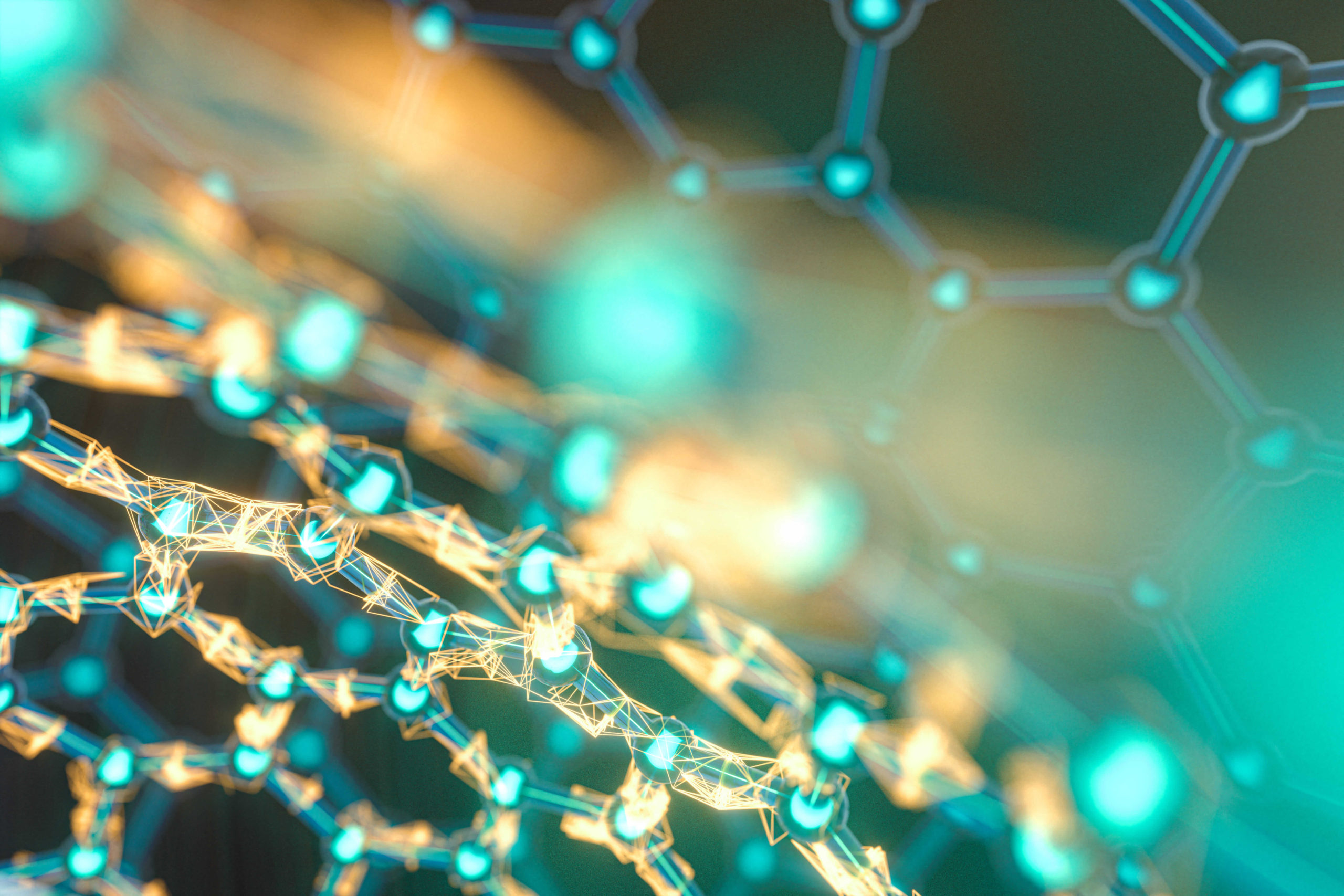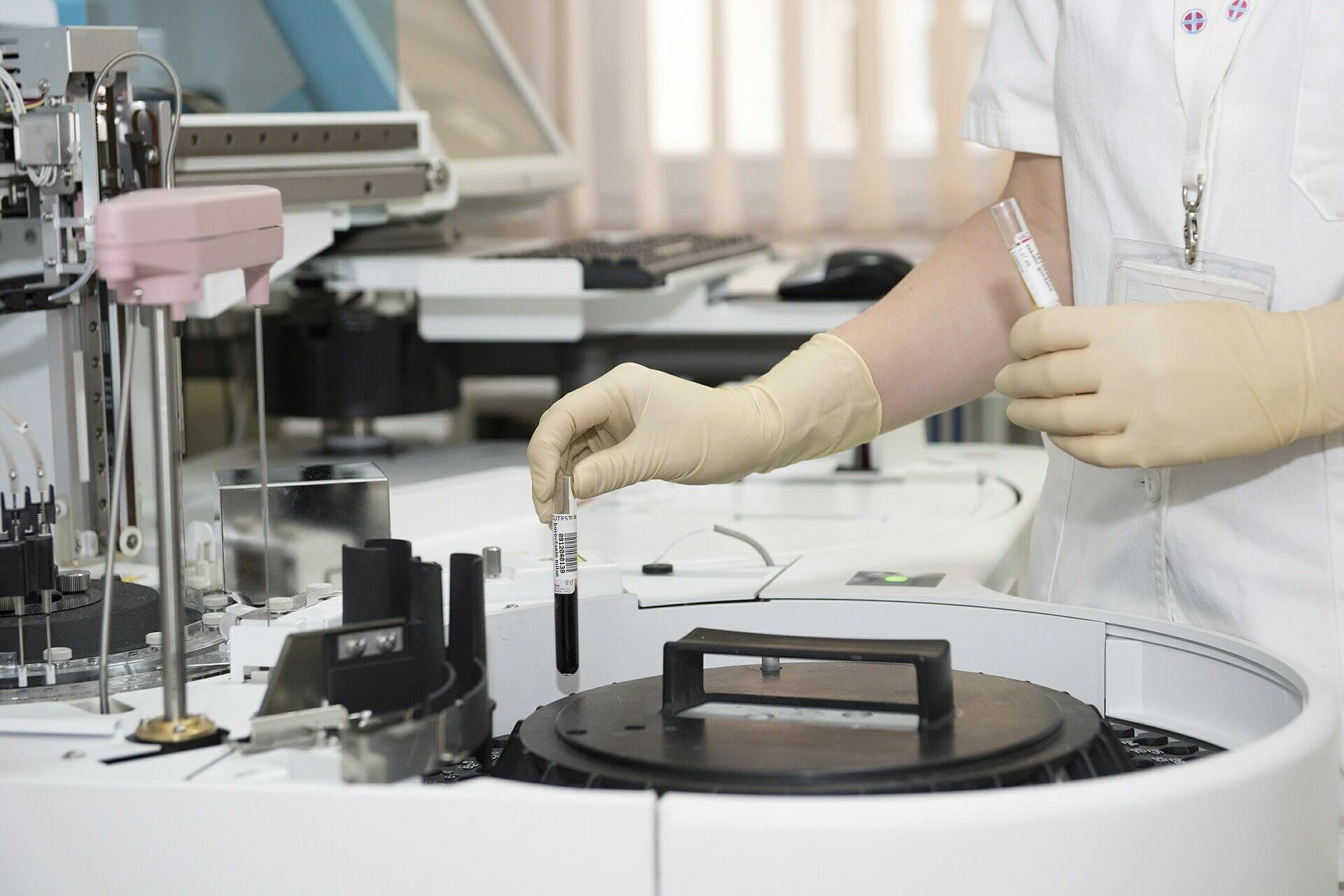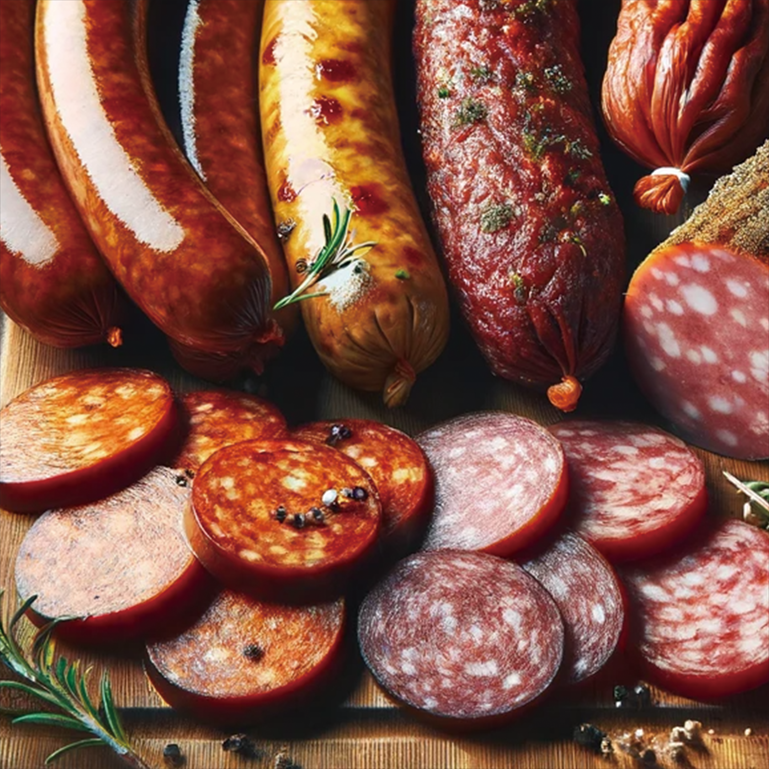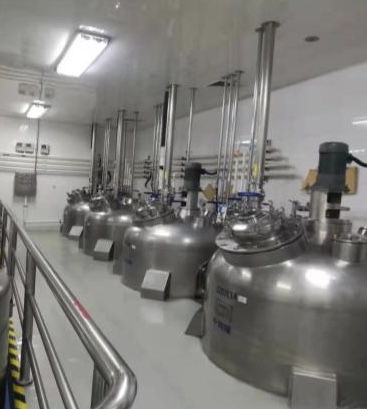Product

Production of heparin-applied products
Heparin is a glycosaminoglycans (GAGs) polymer with a molecular weight of 3000 ~ 40000 Da (average molecular weight of 15000 ~ 19000 Da), mainly extracted from porcine intestinal mucosa. Mucopolysaccharides (active pharmaceuticalingredient, API) are white or off-white powders, hygroscopic, soluble in water and acidic. Usually heparin drugs are made into “injection form”, and the usage is “subcutaneous injection” or “intravenous injection”; because it can be combined with antithrombin III (antithrombin III) or with various coagulation factors (Factor Xa, IIa, XIa, XIIa) etc.), accelerate the inactivation of thrombin, and have very obvious and effective anticoagulant function both in vivo and in vitro. At present, it has been widely used in the treatment and auxiliary application of surgical operations (especially cardiovascular) or dialysis patients. For example, it is used as an anticoagulant drug in artificial heart-lung, peritoneal dialysis or hemodialysis; in vitro anticoagulant such as blood coagulation prevention during blood transfusion and blood bank preservation. With the aging of the world population, cardiovascular and cerebrovascular diseases are also increasing day by day. Heparin is the most important and most commonly used antithrombotic and anticoagulant drug in the world today.

Development and production of glycan-like products
Heparinoid is a substance that is extracted from the remaining material after the main heparin is extracted through the process, and then undergoes the next step of resin adsorption/desorption/precipitation, which is different from the previous heparin process conditions. The remaining small molecule heparin is the main and the dermatan sulfate is the second. Heparinoid is still a very valuable drug product, its value is only slightly less than that of heparin, and it is mainly used for beauty, venous blood stasis, and specially designed medication. The molecular weight of heparin is 3000~40000Da, and the main molecular weight is about 15000Da, while the molecular weight distribution of heparinoid is controlled below about 10000Da, and the main molecular weight is between 6000~7000Da. Heparin is a substance similar to heparin, which is similar to heparin in chemical structure to a certain extent and has anticoagulant activity. It is the heparin with lower anticoagulant activity obtained from the mother liquor after heparin extraction. It is mainly composed of small molecule heparin, dermatan sulfate, chondroitin sulfate and other components. It has inhibitory effect on the formation of arteriovenous thrombosis in vitro and in vivo, has less effect on coagulation and fibrinolysis system, less possibility of hemorrhage when producing antithrombotic effect, and half-life (the time when the effective ability of its medicinal properties declines to half) – 5 – Long and other characteristics. It can be applied to blood clot contusion and superficial thrombophlebitis, edema, frostbite, ulcer caused by blood clot. Widely used in ointment preparations, oral liquids, health products, cosmetics and other fields. .

Animal hydrolyzed protein, peptide, amino acid
Application product development and production
Hydrolyzed protein is the remaining protein after extraction of heparin and heparinoid. Among them, intestinal membrane protein DPS (Dried Porcine Solubles) is rich in protein, amino acids, oligopeptides, calcium, phosphorus, cellulose and some other macro and trace elements. , is the latest generation of animal protein peptides. It is a feed additive, an important animal nutritional additive for raising small fish, shrimp, chickens and ducks. Contains amino nitrogen and crude protein to provide essential amino acids for the body’s anabolism to maintain the balance of nitrogen in the body. Supplement for malnutrition, protein deficiency due to poor digestion and absorption of protein or excessive consumption.

Natural collagen design and production
Collagen packaging material is a small intestine raw material after heparin and heparinoid are proposed, which has natural collagen components and is used as a packaging material for natural sausages. At present, other sausage packaging materials include artificial collagen (Collagen Casings) and artificial casings (Paste Casings). Collagen casings are collagen edible materials with natural beauty supplements and can enhance the taste of food. Collagen and other biological materials or composite materials. After these materials are purified into medical and cosmetic grade raw materials through special purification procedures, they are then reconstituted into various types of repairing materials and products with special technology, which have high repairing ability to the skin and resist the dark spots and wrinkles caused by free radicals.

Biotechnology process design and development
The new biotechnology process requires relatively capital-intensive investment. Taiwan Nuonmei has trained a lot of professionals in the development of biotechnology, and it has cost 300 million to build a production plant in Machouhou Industrial Park, Chiayi County, including the most important biotechnology development. (Pilot pilot factory and laboratory), whether it is self-developed or the industry needs to entrust process development and design in the future, the investment in software and hardware has been put in place, and it is the first establishment in Taiwan from the design, development, and standard manufacturing of different materials biotechnology development company.
台灣諾恩美生技股份有限公司
廠址:嘉義縣馬稠後產業園區園區二路27號
網址:https://www.hepartech.com/

